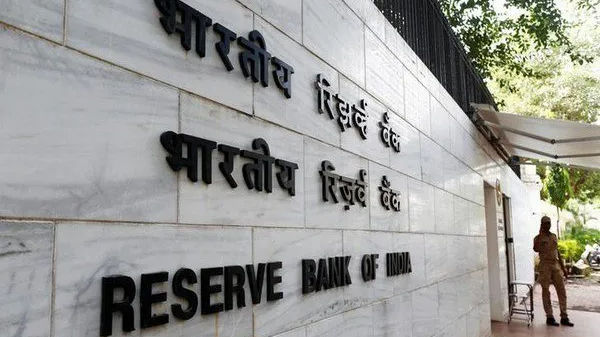The US Federal Reserve has hiked its key interest rate again after a two-day meeting led by Chair Jerome Powell. In its first hike, earlier this year, since 2018, the Fed outlined an aggressive approach, including balance sheet reduction, in an attempt to curb the highest inflation in four decades.
Apart from the Covid-19 pandemic, the Russia-Ukraine war has created additional upward pressure on inflation, with soaring commodity prices.
Also Read| How Paul Volcker tamed inflation with two recessions in 1980s
Impact on the RBI policy decision
The Fed’s rate hike and rising domestic inflation directly affect the decision of the Reserve Bank of India’s monetary policy committee.
Interest rate management is one of the most important instruments that central banks have for governing economies. Interest rate policies enable central banks to control the flow of money into the economy by lowering or injecting liquidity as needed.
Also Read| The 2008 market crash: Inside the doomsday machine and a brief history
Interest rate hikes restrict market liquidity and help contain inflation, whereas interest rate cuts pump cash into the system and boost development.
In a globalised economy, most nations are influenced by economic developments in the developed world, with the US Fed influencing the monetary policy of other central banks as a perfect example.
The US Fed has raised interest rates by 300 basis points since March 2022, while the RBI has raised rates by 90 basis points, with another 50 bps anticipated in the coming days.
Also Read| Great Depression to COVID: Top 5 market crashes in American history
This is despite the RBI’s claim that its monetary policy is based on the global environment and is tailored to domestic conditions. It also demonstrates how the US Fed continues to lead the global monetary policy stance, owing to the US Dollar’s standing as a global reserve currency.
India will experience greater rates of inflation than the US since it is still a developing nation and the Indian Rupee is valued less than the US Dollar. This also implies that interest rates in India are often higher than in the United States.
Also Read| Where to invest during high inflation?
The majority of the time, interest rates also follow a similar trend since inflation in developed nations like the US is typically lower than in developing nations like India. However, the RBI and the US Fed began heading in opposite directions in 2006, when the RBI proceeded to raise rates while the US Fed embarked on a rate-cutting regime that would persist for more than 9 years.
When India began to feel the heat of the financial crisis in late 2008, the RBI relaxed rates and narrowed the spread between its rates and those of the US Federal Reserve.
Also Read| How to survive a market crash
A rise in interest rates in the United States without a corresponding rise in rates in India makes India a less appealing investment location. This diminishes demand for the Indian rupee, causing its value to fall even further.
As the rupee loses its value, our import bill rises, resulting in more inflation. This is why the RBI has used billions of dollars from its currency reserves to minimise exchange rate volatility and stabilise the rupee.







